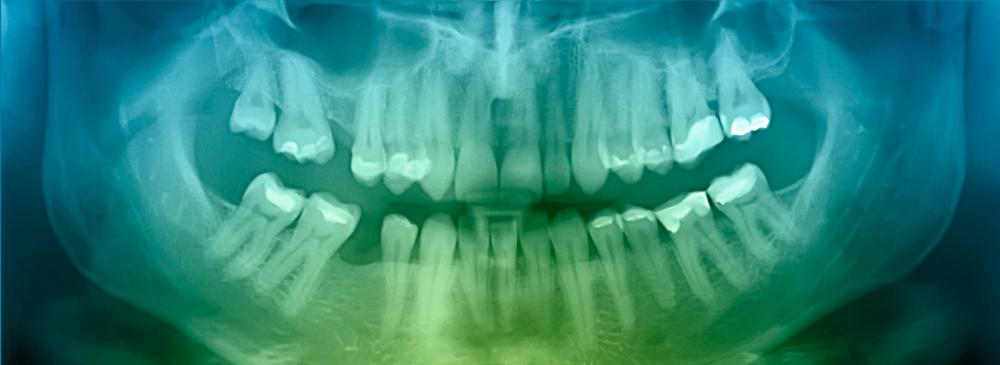Not all cavities are created equal. Most people assume cavities are all colored black or very dark brown, so you might be surprised to learn that cavities actually come in a range of different colors and shades, from white to grey to black, and even yellow.
So what exactly affects the color of a cavity? As with most unpleasant things related to the mouth, it all hinges on bacteria and tooth decay. The color of a cavity depends mostly on the stage of your tooth’s decay.
Catching tooth decay in its early stages minimizes, and sometimes reverses, the damage. So paying attention to the color of your cavities in not just a fun party trick. It is an important part of your dental health.
A Chalk-Colored Spot is an Early Cavity
You might not even notice the first color of cavity formation. After all, a white spot on an off-white tooth is difficult to see. But for some people, spots that are chalky white in color are one of the first signs a cavity is coming.
When you leave food on your teeth, especially food containing sugar and starch, the hungry little bacteria in your mouth feed on them. This leaves behind acids. Over time, these acids break down the calcium and minerals in your tooth enamel through a process called demineralization.
If you see glossy white spots the color of chalk on your teeth, this is probably a sign of demineralization. Demineralization roughens the surface of your enamel, so you might also notice these white spots easily pick up stains. Because of this, pay attention to light brown spots on your teeth as well. This color might also be an early sign of a cavity.
At this early stage, demineralization is often reversible with good brushing and fluoride treatment. On the other hand, ignoring these chalky colored spots eventually leads to cavities.
A Yellow Or Grey Colored Cavity
Your tooth enamel is the hardest tissue in your body. But it isn’t impenetrable. After the first stage of demineralization, the bacteria in your mouth continues to break down your tooth enamel even further. At this point, you might notice a yellow or grey color to your cavities. This happens when the enamel breaks down to the point where the dentin below shows through.
The color of these early cavities varies because the color of the dentin itself varies. Depending on the person, the dentin below the enamel ranges from light grey to yellow.
Dentin doesn’t have any living cells, so it can’t regrow. And unlike your outer enamel, fluoride treatments won’t help restore damaged dentin. Once these yellow or grey-colored cavities appear, they are irreversible. But early treatment often stops the decay from worsening, avoiding the need to fill the cavity.
Brown and Black Colored Cavities
If left untreated, the bacteria and acids in your mouth continue to break down your enamel. Eventually, the weakened enamel collapses and a small hole forms. But the bacteria and acids don’t stop there; they work their way through the hole in your enamel to reach your dentin. Compared to many surfaces of your body, your dentin is very hard, but it is still softer than your enamel. So once decay reaches your dentin, the process of decay speeds up.
As the bacteria and acids work their way through your dentin, the cavity hole gets larger. At this point, you may notice your cavity is brown or black in color. Your dentist will probably recommend a filling to stop the progress of the cavity.
Why We Don’t Always Notice the Color of Our Cavities
All of this information about the color of cavities is useful, but truth be told, many cavities are hidden and hard to spot. Most cavities form in difficult-to-reach places, like between the teeth or near the gum line. Often, you won’t notice a cavity until your dentist detects it with an x-ray or dental exam. Understanding the color of your cavities is important, but visiting the dentist is always your best line of defense.
Learn More About MySmile
Free and easy-to-use tools that make navigating your dental benefits a whole lot simpler.


